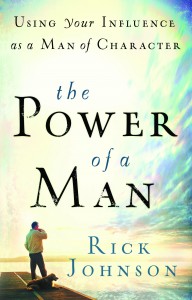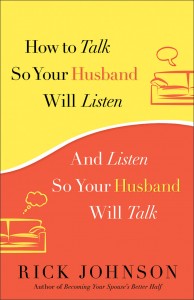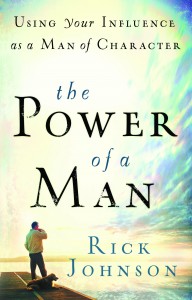Even though the institution of marriage is under attack today, research shows that married people are physically and emotionally healthier, and live longer than their single counterparts. Married men and women both report less depression, anxiety, and lower levels of other types of psychological stress. Single people have much higher mortality rates (50% higher for women and 250% higher for men) than married people. Women tend to live longer when married because they have more money and live in better neighborhoods with adequate health care (statistics show that just over half of single women have health insurance while 83% of married women do). Married men tend to live longer because they stop risky behaviors such as drinking, drugs, driving fast (while intoxicated), and putting themselves in a variety of dangerous situations. Married men also eat much better diets and have wives who monitor their health and force them to see the doctor when necessary.[1]
The implementation of no-fault divorce laws in the early 1970s appears to coincide with significantly higher levels of divorce in the United States. When US divorce laws underwent major changes the divorce rate more than doubled in all states. In 1968 about 25% of all marriages ended in divorce. Today that number has doubled with nearly 50% of all marriages end in divorce.[2]
Why does this matter? A wide range of research shows that children from single parent homes fare more poorly than their counterparts from two-parent families in virtually every measurable outcome. Unfortunately, according to vital-statistics data from the Centers for Disease Control and Prevention, 41% of all births are now a result of non-marital childbearing.[3]
Businesses, corporations, and even the government are rightfully concerned about the status of marriages in this country. According to The Taxpayer Costs of Divorce and Unwed Childbearing, First Ever Estimate for Nation and All Fifty States (2008), family fragmentation (divorce, separation, children born out of wedlock, etc.) costs U.S. taxpayers at least $112 billion each year.[4] The average employee loses 168 hours of work time the year following a divorce.[5] Absenteeism, reduction in productivity, and increased healthcare costs related to marital distress cost U.S. businesses and industry an estimated $6.8 billion per year.[6] Smart businesses realize the impact an employee’s home life has on their productivity and take steps to provide help in these areas whenever possible. Even the military understands the relationship between a stable home life and the efficient productivity of their members. Several workshops based on my books have been used successfully by these and other entities to help their employees have happier and healthier relationships at home which then translates into better job performance and productivity.
Husbands and wives provide each other with companionship, sex, and partnership, but also provide an insurance policy in that should something unexpected happen, there is another person to take care of them. If you become disabled, sick, or infirmed there is a person to stand with you and help you through the crisis, a benefit you might not get as readily from a cohabitating situation. Should you die, your spouse will get social security or life insurance benefits, as well as all your worldly goods.[7]
A friend of mine was recently tragically widowed for the second time. This last time she had only been married for four months, even though they had lived together for over two years. But since she had not been married to him for at least a year, she is not eligible for his pension or social security benefits.
Marriage positively contributes to each individual on a personal level and to society in general as a whole. Your marriage matters to you personally, to others around you, and to our culture in general. Don’t listen to those who would tell you that marriage doesn’t matter–it does.
[1] Linda J. Waite and Maggie Gallagher, The Case for Marriage: Why married people are happier, healthier, and better off financially, Broadway Book, New York, NY, 2000, p. 47-67
[2] Rate of Divorce to Marriage 1950-2004, USA, US Census Bureau, 2004-2005., “No. 70: Live Births, Deaths, Marriages, and Divorces: 1950-2002” Report, vol. 53, no. 21, June 28, 2005, “Births, Marriages and Divorces and Deaths,” Table A, “Provisional Vital Statistics for the United States,” http://www.city-data.com/forum/relationships/1846363-number-sexual-partners-before-marriage-predictor-5.html
[3] Kay Hymowitz, W. Bradford Wilcox, and Kelleen Kaye, “The New Unmarried Moms,” The Wall Street Journal, March 15, 2013, “http://online.wsj.com/article/SB10001424127887323826704578356494206134184.html
[4] The Taxpayer Costs of Divorce and Unwed Childbearing, a Report to the Nation, Benjamin Scafidi, Principal Investigator, Institute for American Values, Institute for Marriage and Public Policy, Georgia Family Council, Families Northwest, 2008, P. 5 & 17
[5] Mueller, R.E. (2005). The effect of marital dissolution on the labour supply of males and females: Evidence from Canada. Journal of Socio-Economics, 34(6), 787-809.
[6] Turvey, M.D., & Olsen, D.H. (2006). Marriage and family wellness: Corporate America’s business? Minneapolis, MN: Life Innovations.
[7] Linda J. Waite and Maggie Gallagher, The Case for Marriage: Why married people are happier, healthier, and better off financially, Broadway Book, New York, NY, 2000, p. 115











